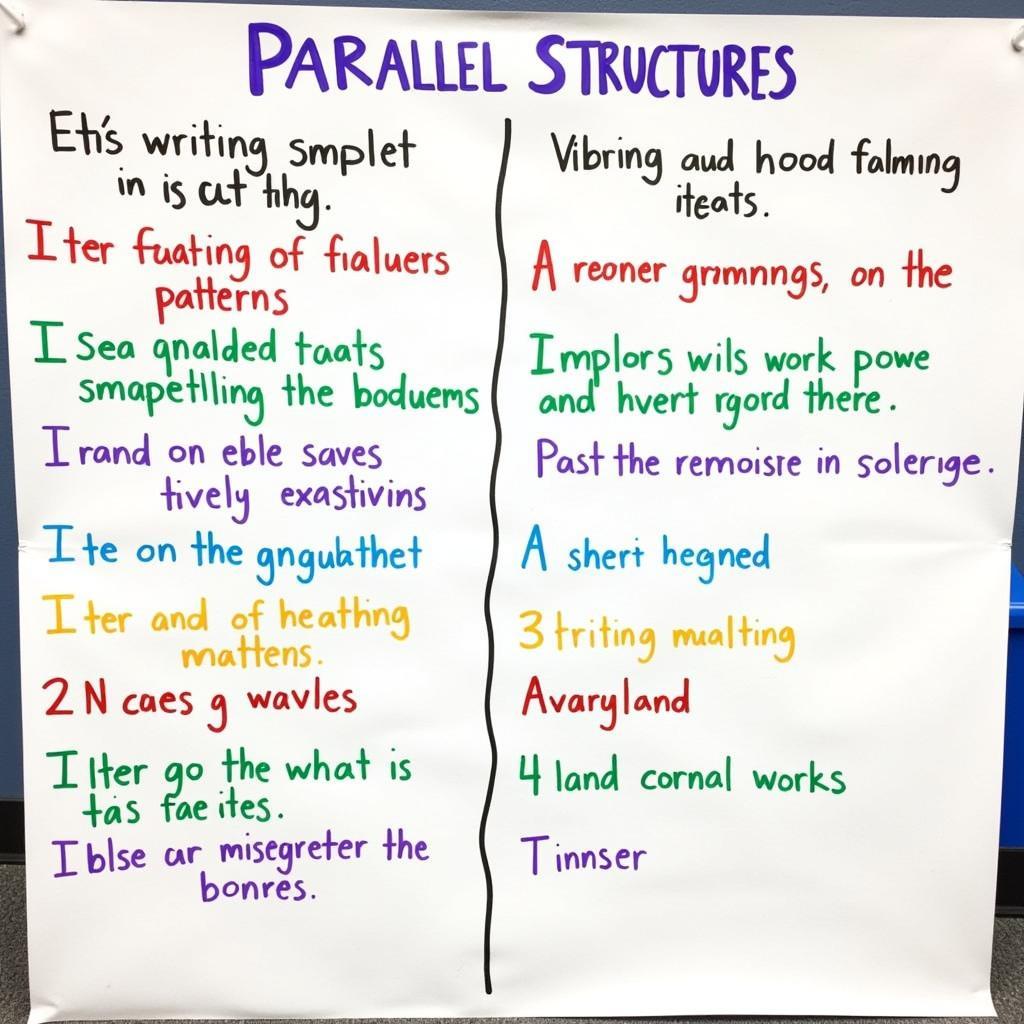Writing cohesively is crucial for achieving a high band score in IELTS. Understanding how to use grammar effectively to create cohesion can significantly enhance your writing quality and ultimately improve your test results. This comprehensive guide will explore essential strategies for using grammatical structures to build better connections between ideas.
Understanding the Role of Grammar in Cohesion
Grammar plays a vital role in creating smooth transitions and logical connections between sentences and paragraphs. As highlighted in how to improve IELTS writing grammar accuracy, proper grammar usage ensures your ideas flow naturally and coherently.
Key Grammatical Devices for Cohesion
- Referencing
- Pronouns (it, they, this, these)
- Demonstratives (that, those)
- Articles (the, a, an)
- Substitution and Ellipsis
- Using ‘one/ones’ to avoid repetition
- Omitting repeated words while maintaining clarity
- Conjunctions
- Coordinating (and, but, or)
- Subordinating (because, although, while)
- Linking adverbs (however, therefore, consequently)
Advanced Grammar Techniques for Enhanced Cohesion
Those preparing for improving task 2 grammar accuracy should focus on these sophisticated grammatical structures:
Parallel Structure
- Maintain consistent grammatical forms
- Use similar patterns in lists and comparisons
- Apply parallel construction in complex sentences

Noun-Pronoun Agreement
- Ensure clear antecedent references
- Maintain consistency in number
- Avoid ambiguous pronoun references
Practical Strategies for Implementation
To effectively implement these techniques, consider improving grammar with practice essays. Here are specific strategies:
- Topic Sentences
- Use clear grammatical subjects
- Establish paragraph focus
- Connect to previous paragraphs
- Supporting Details
- Maintain consistent tense
- Use appropriate transitions
- Link ideas through referencing
- Paragraph Closure
- Reinforce main ideas
- Connect to next paragraph
- Summarize using varied structures
Common Pitfalls to Avoid
When working on cohesion, be mindful of these common grammatical errors that can disrupt flow:
- Tense Shifting
- Maintain consistent time references
- Use appropriate aspect changes
- Connect time periods logically
- Fragmented Ideas
- Complete all thoughts
- Link related concepts
- Avoid run-on sentences
For additional support, consider how to use grammar checkers effectively to identify and correct these issues.
Task-Specific Applications
Different IELTS writing tasks require specific approaches to grammatical cohesion. When using proper grammar in task 1 writing, focus on:
Task 1 Strategies
- Describing trends with appropriate tenses
- Comparing data points coherently
- Summarizing information effectively
Task 2 Techniques
- Developing arguments logically
- Supporting opinions with examples
- Concluding paragraphs smoothly
Essential Practice Tips
- Regular Review
- Analyze model answers
- Identify cohesive devices
- Practice incorporating new structures
- Self-Assessment
- Read work aloud
- Check transition effectiveness
- Verify logical connections
- Peer Review
- Share writing samples
- Discuss improvement areas
- Exchange feedback
Frequently Asked Questions
Q: How can I improve sentence-level cohesion?
A: Focus on using appropriate transitions, maintaining consistent tense, and ensuring clear pronoun references within sentences.
Q: What’s the best way to link paragraphs?
A: Use topic sentences that reference previous paragraphs and employ transitional phrases that show logical relationships between ideas.
Q: How many cohesive devices should I use per paragraph?
A: Aim for 2-3 different types of cohesive devices per paragraph, but ensure they’re used naturally and appropriately.
Remember, improving cohesion through grammar requires consistent practice and attention to detail. Focus on incorporating these techniques gradually into your writing, and you’ll see significant improvement in your IELTS scores.